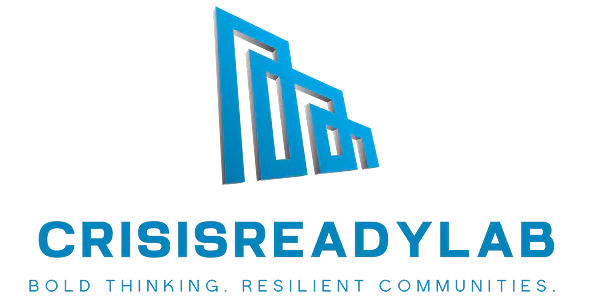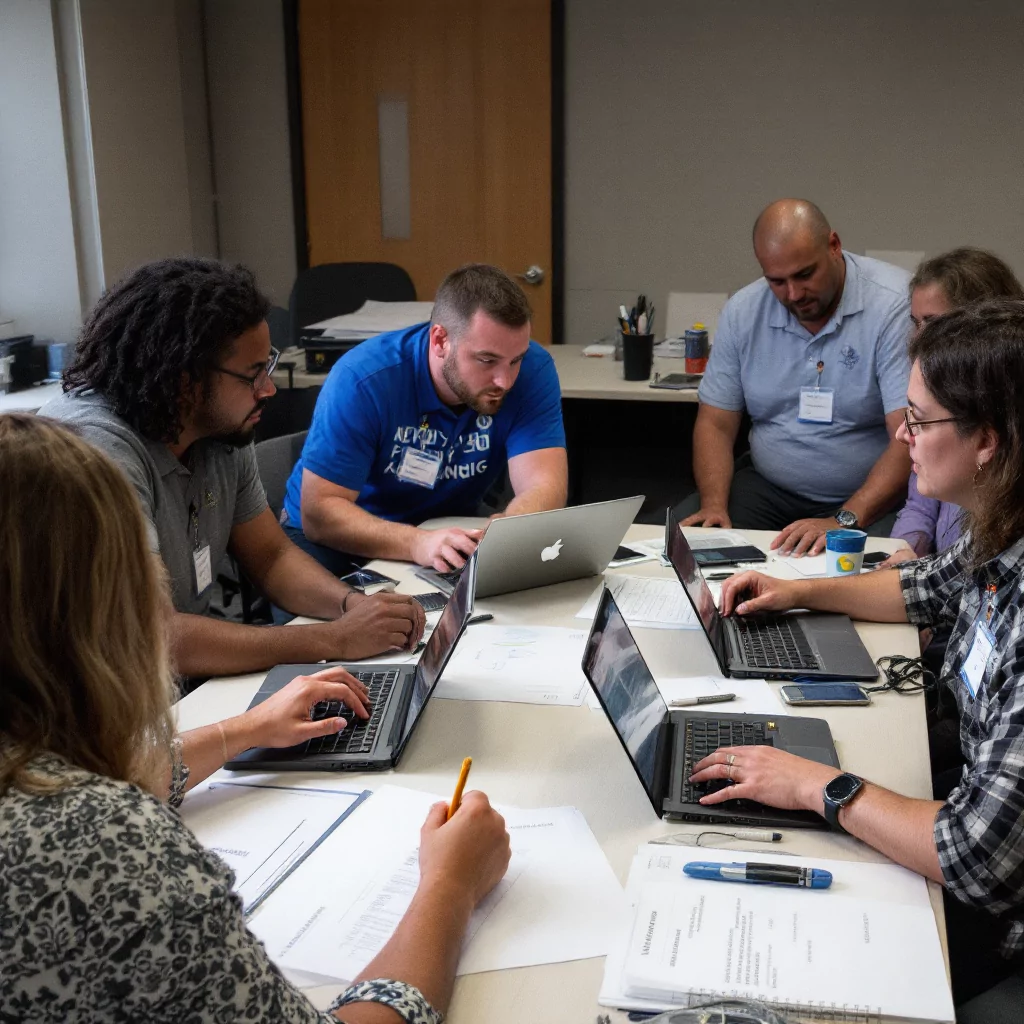Cross-Sector Collaboration Sounds Great. Here’s How to Actually Do It.
Everyone says collaboration matters.
Every press release includes the phrase “public-private partnership.”
Every funder, nonprofit, and government agency talks about “working together.”
But when it comes time to actually collaborate—especially after a disaster—most people don’t know how.
Because here’s the truth: cross-sector collaboration isn’t a vibe. It’s a system. And if you don’t build that system early and intentionally, what you’ll end up with is chaos disguised as coordination.
The Collaboration Myth
It’s easy to assume collaboration will just “happen.”
You bring everyone into the same room, share some updates, nod in agreement, and say things like:
“We’ll coordinate on that.”
“Let’s stay in touch.”
“We’re all aligned.”
But then you walk out and realize:
Everyone left with a different interpretation of what’s happening
No one is actually tracking who’s doing what
Two different groups are launching overlapping programs
And three major gaps still aren’t being addressed by anyone
The feel-good meeting didn’t lead to a shared strategy.
It led to ambiguity.
The Stakes Are Higher in Disaster Recovery
In normal times, collaboration problems might just cause delays or inefficiencies.
But in disaster recovery, the stakes are higher:
Philanthropy may unknowingly duplicate government programs—or miss key needs entirely
Nonprofits may burn out trying to fill gaps that weren’t theirs to own in the first place
Local government may assume help is coming that isn’t
And residents are left confused, underserved, or falling through the cracks
Disaster recovery demands coordination under pressure, across systems, and across sectors. And you can’t fake it.
You have to design for it.
What Real Cross-Sector Collaboration Actually Looks Like
Here’s what sets real collaboration apart from performative partnership:
Shared Awareness of Needs, Gaps, and Efforts
Everyone needs to understand:
What’s already funded and underway
What’s missing or unfunded
Who’s leading on each issue area
This requires more than a spreadsheet. It requires a system of regular, structured updates—shared across sectors and translated into a common language.
Clarity on Who’s Doing What
No more “we’ll look into that.” Someone needs to own each line item. If two groups are working on the same need, they should be coordinating directly—not duplicating or competing.
Flexible, Responsive Funding
Funder collaboration is essential. The private and philanthropic sectors need to avoid siloed giving and instead align with public recovery strategies. That means:
Funders share what they’re supporting
Track commitments in one place
Leave room to adjust based on evolving needs
A Neutral Space for Coordination
There needs to be a container—a physical or virtual table—where government, nonprofits, funders, and other partners can coordinate without hierarchy. This isn’t a command-and-control model. It’s a roundtable model with shared stakes and distributed leadership.
Common Pitfalls (And How to Avoid Them)
Even with good intentions, cross-sector collaboration can unravel quickly. Here are a few patterns to watch for—and what to do instead.
Pitfall: The Government Black Hole
Sometimes government partners stop engaging, assuming they already have it handled.
Fix: Appoint a consistent government liaison for cross-sector efforts. Keep showing up.
Pitfall: Philanthropy on a Different Timeline
Private funders often want to move fast—before needs are fully assessed.
Fix: Include funders in early coordination, even before formal grant cycles begin.
Pitfall: “Check-In” Culture Instead of Coordination
Many meetings feel collaborative but don’t produce action.
Fix: Use shared tools—like a gaps tracker or funding matrix—to keep the group focused on solving real problems, not just sharing updates.
If You Want Collaboration to Work, You Need to Operationalize It
Talking about collaboration is easy.
Practicing it requires infrastructure.
That might mean:
A cross-sector funders collaborative that meets monthly and tracks commitments
A recovery coordination table where nonprofits, funders, and government partners align on top priorities
A shared recovery dashboard that lists who’s working on what, what’s been funded, and what still needs support
A needs and gaps tracker that evolves weekly—not quarterly—to reflect new realities
These are lightweight systems. But they make a huge difference. And once they’re in place, they can carry your recovery for years.
The Local Government Role: Not the Boss, But the Bridge
In cross-sector collaboration, local government isn’t the controller—it’s the connector.
Your job isn’t to direct every dollar or own every project. Your job is to:
Provide situational awareness
Track the full picture
Share what’s known, what’s missing, and what’s coming
Create space for others to plug in responsibly
The best collaborations don’t revolve around a single organization—they orbit a shared mission. Government’s role is to keep the gravitational field stable.
So What’s the First Step? Start Small, But Start Intentionally
If you want to build real collaboration into your recovery, you don’t need a complex strategy. You need:
A place to gather (in-person or virtual)
A clear agenda focused on needs and gaps
A few shared tools to align efforts
A leadership model that values trust over control
Start with 3–5 organizations. Solve a single problem together. Document how you did it. Then expand.
The key isn’t to scale fast—it’s to scale meaningfully.
Final Thought: Collaboration Without Infrastructure Is Just Goodwill
Goodwill is a great place to start.
But recovery is a long, messy process—and goodwill fades when systems aren’t in place.
If you want cross-sector collaboration that lasts, it has to be built.
On purpose. With tools. With structure. And with humility.
Want to go deeper?
Check out our micro lesson on launching a Cross-Sector Funders Collaborative—a practical model for building real coordination across government, philanthropy, and nonprofits after disaster.


